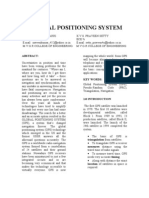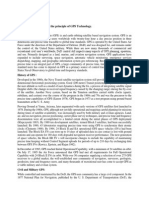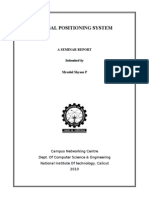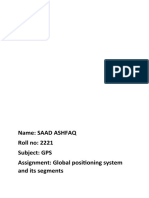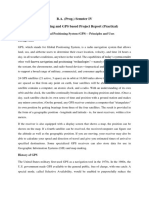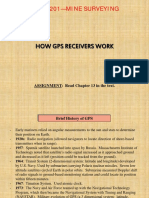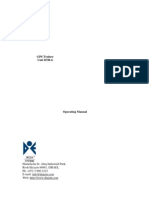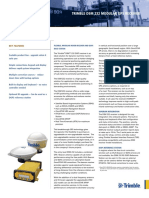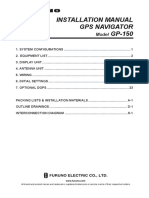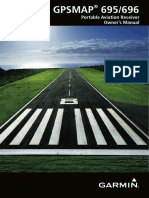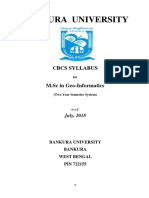0% found this document useful (0 votes)
21 views15 pagesGPS Tracking System Seminar
The document discusses the Global Positioning System (GPS), including its three segments of space, control, and user. It describes the satellites, control stations, and receivers. It also discusses GPS signals and applications such as vehicle tracking, disaster management, and navigation.
Uploaded by
victoradedokun69Copyright
© © All Rights Reserved
We take content rights seriously. If you suspect this is your content, claim it here.
Available Formats
Download as DOC, PDF, TXT or read online on Scribd
0% found this document useful (0 votes)
21 views15 pagesGPS Tracking System Seminar
The document discusses the Global Positioning System (GPS), including its three segments of space, control, and user. It describes the satellites, control stations, and receivers. It also discusses GPS signals and applications such as vehicle tracking, disaster management, and navigation.
Uploaded by
victoradedokun69Copyright
© © All Rights Reserved
We take content rights seriously. If you suspect this is your content, claim it here.
Available Formats
Download as DOC, PDF, TXT or read online on Scribd
/ 15























